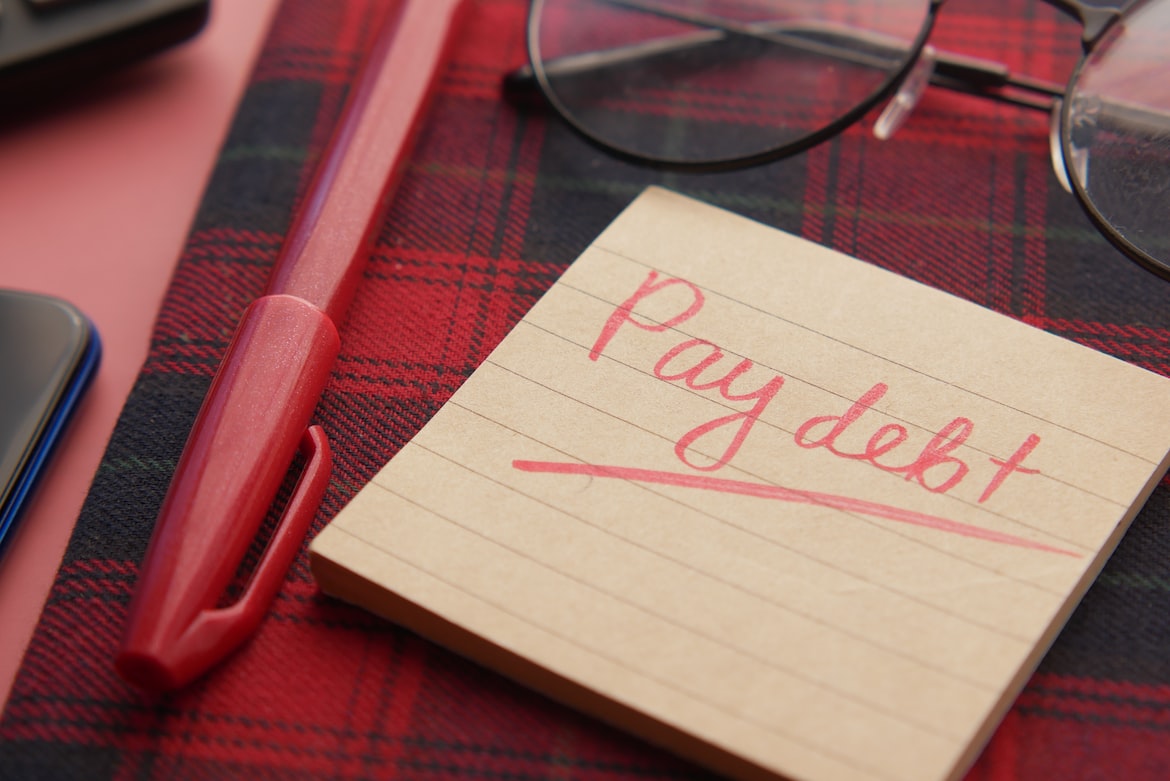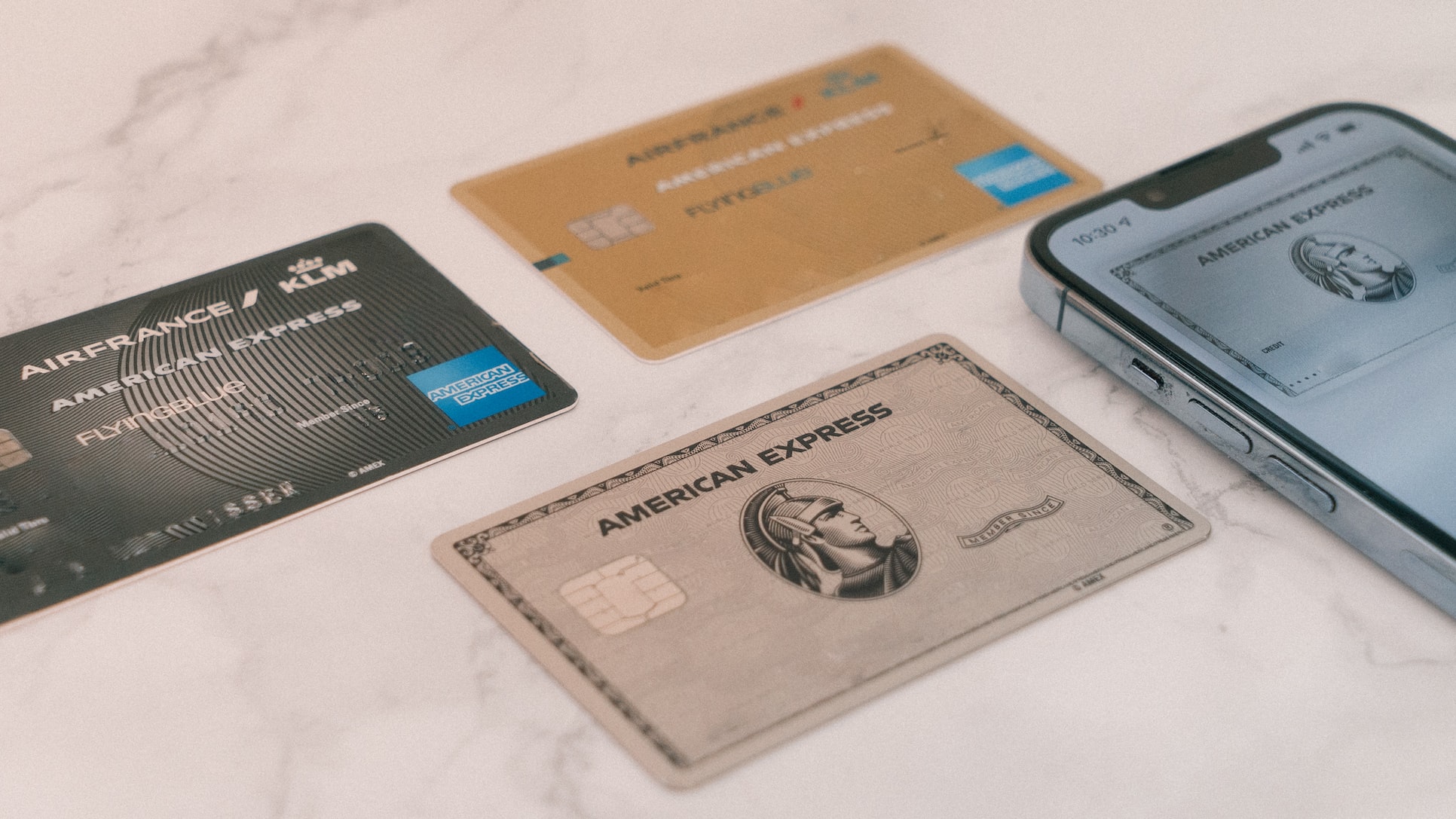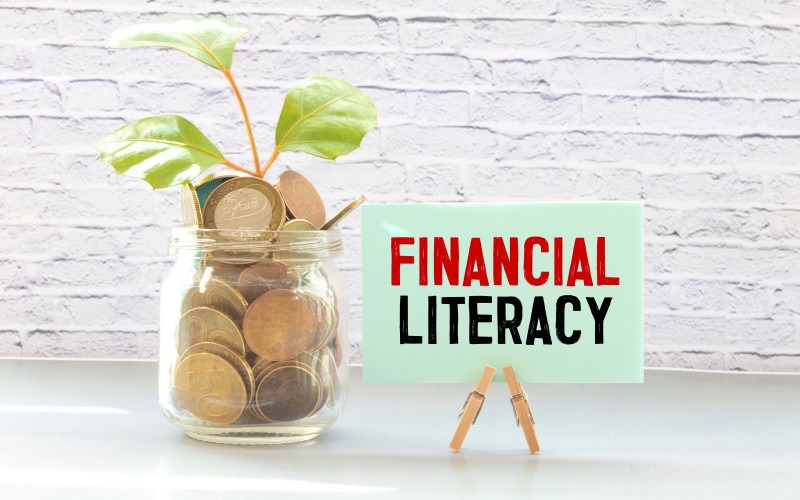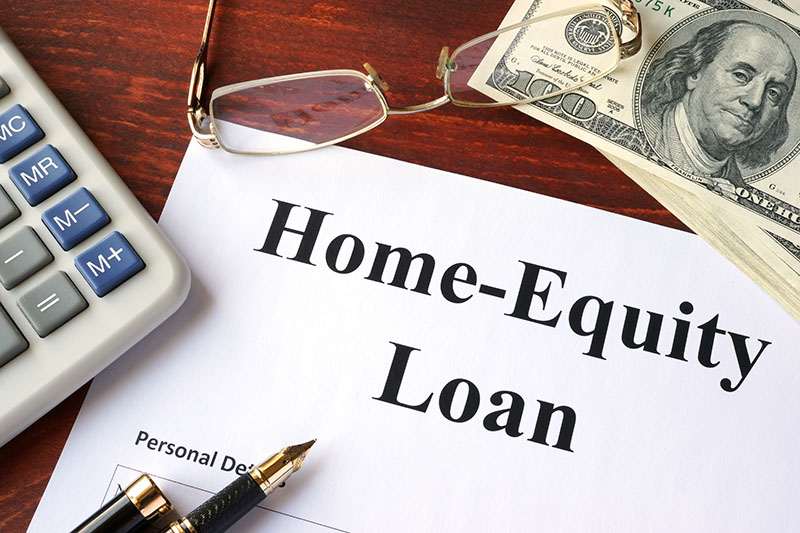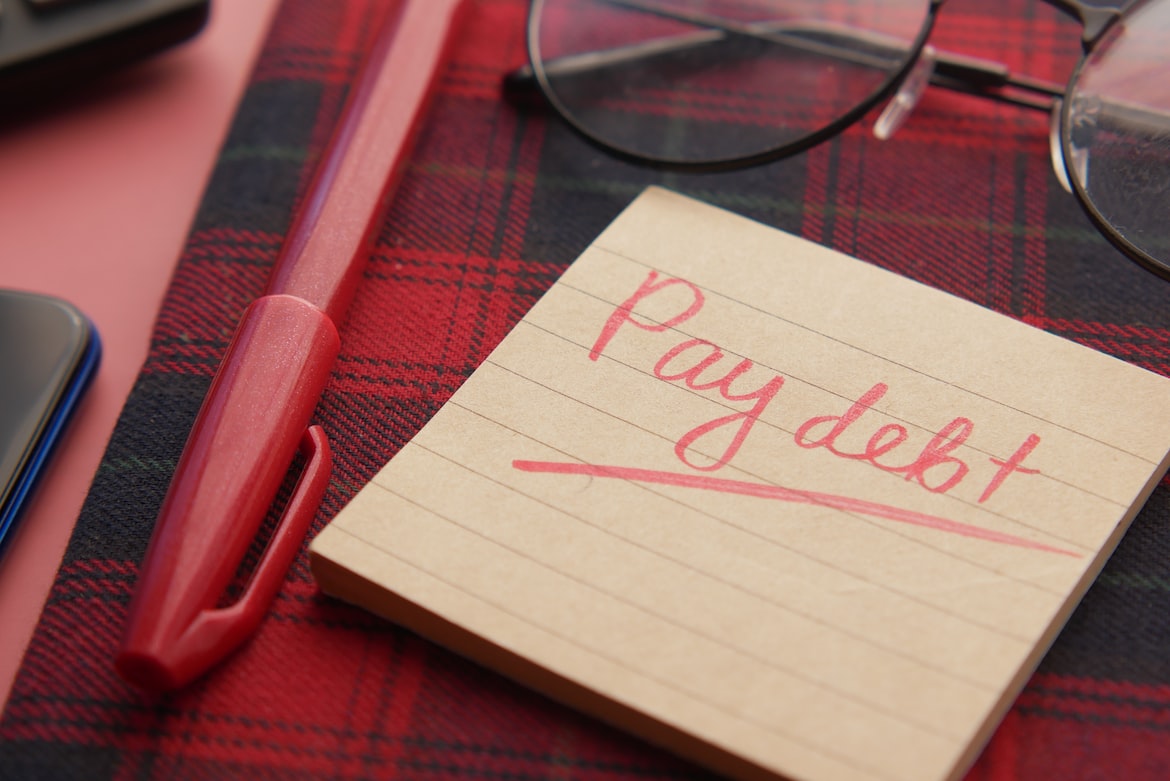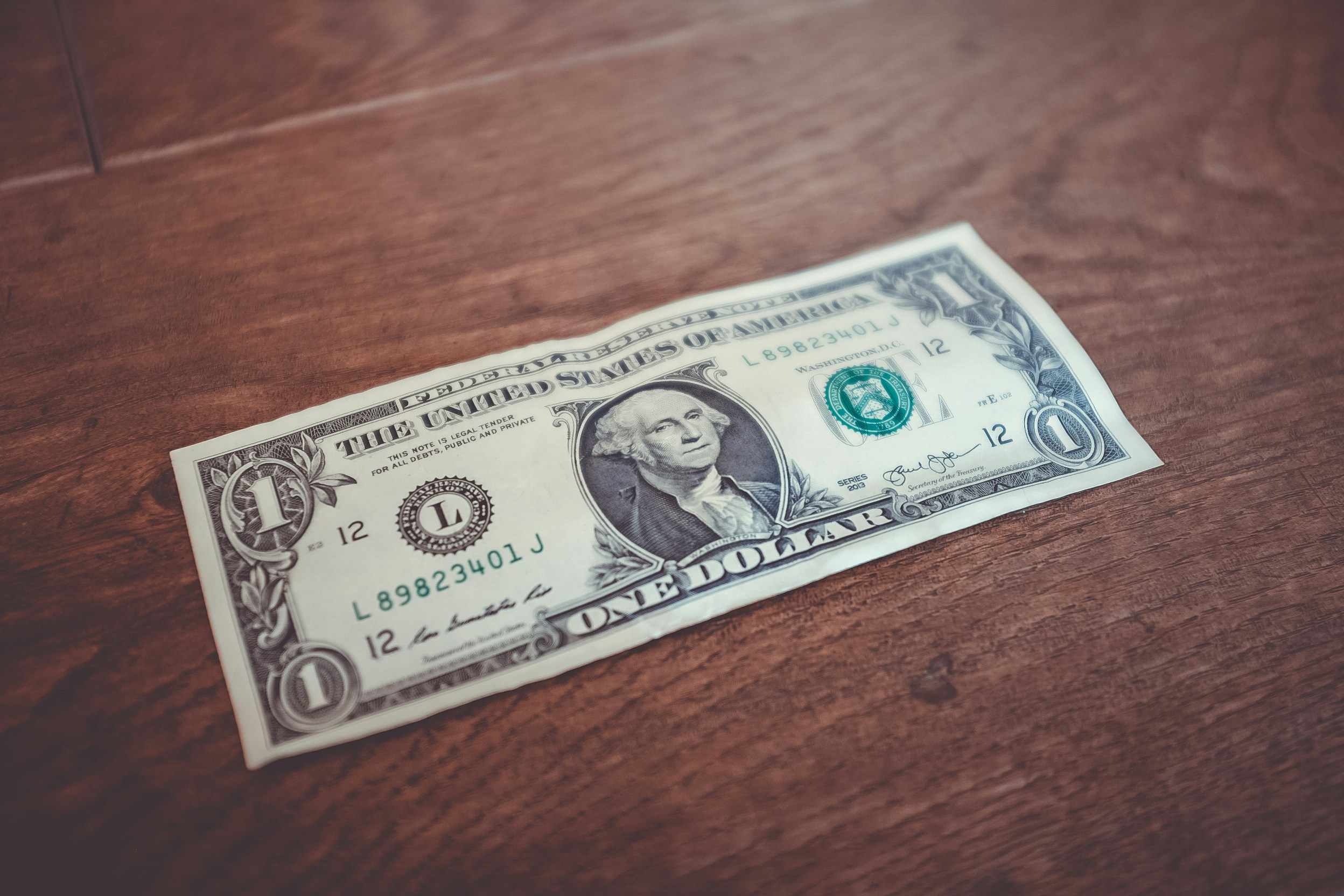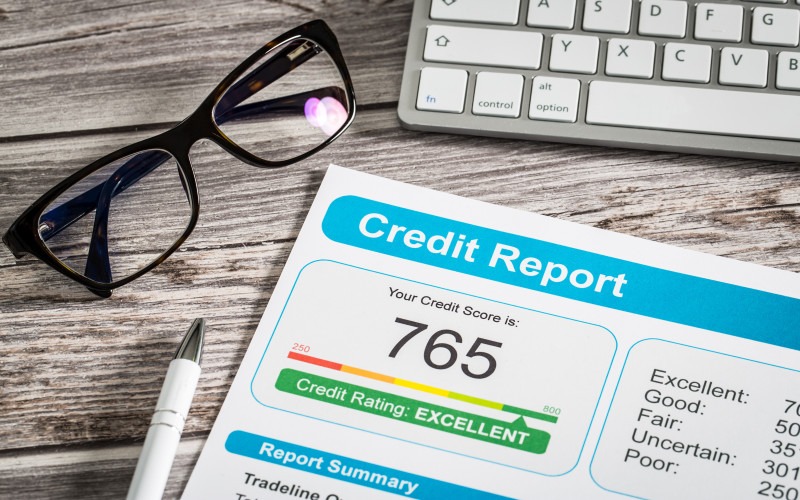How to Get a Hardship Loan

A hardship loan is an emergency loan that benefits people going through life and financial challenges. Personal loans, including hardship loans, can offer a lifeline by providing a lump sum that can be invaluable in helping you pay the bills and deal with emergencies.
In this guide, we’ll go over how to get a hardship loan, red flags to avoid in personal loan offers, as well as strategies to improve your financial standing and credit.
Understanding hardship loans
A hardship loan is specifically designed to help borrowers who face unexpected financial emergencies.
Hardship loans are commonly used in cases of:
- Job loss
- Medical emergency
- Urgent home or vehicle repairs
Compared to the typical personal loan, a hardship loan has:
- Shorter repayment terms
- More lenient credit requirements
- Smaller loan amounts
- Specific loan usages
- More flexibility
Reasons for seeking a hardship loan
Since hardship loans are meant to help those who are struggling financially, lenders are often more lenient in their loan requirements. This means that you can get a hardship loan even if you have bad credit, low income, or unstable financial standing.
Here are common reasons for seeking a hardship loan:
- Death in the family
- A natural disaster destroying your property
- Reduced income or job loss
- Emergency medical expenses
When applying for a hardship loan, you will need to provide supporting documentation and evidence for your hardship. It is generally easier to acquire a hardship loan than a personal loan if you are facing financial challenges.
However, you could end up paying more in the long run for a hardship loan than a personal loan since hardship loan providers might wish to receive more interest due to the higher risk of lending.

Qualifying for a hardship loan
Typical eligibility criteria
Lenders set different requirements based on their own risk tolerance, but here are the common criteria set by hardship loan lenders.
- Minimum credit score: Many hardship loan providers expect borrowers to have a credit score above 620.
- Proof of hardship: You will need to provide proof to demonstrate that you are facing an emergency that has significantly impacted your financial stability. Examples include letters of termination, medical bills, and bank statements.
- Existing debt: Your debt-to-income ratio should ideally be below 36% to increase your chances of receiving a loan.
Importance of credit score and credit history
Good credit makes it easier to obtain any kind of loan, including hardship loans. If you have poor credit, it can be more challenging and slower to be approved for a loan with reasonable terms. If you have a long history of good creditworthiness (e.g. you repay your debt on time), it may make up for poor credit or financial stability.
After taking out a hardship loan or personal loan, it’s essential to make payments on time and consistently. That way, you can increase your credit score over the life of the loan.
Can you secure a loan with bad credit?
If you have poor credit or no credit, it’s still possible to obtain a personal loan. Some lenders are willing to take on the risk of granting loans to borrowers with low or nonexistent credit scores. However, you need to be aware that these loans will likely have higher interest rates or require collateral to back the loan.
Preparing your application
For your hardship loan application, you will need to provide various details and documentation according to your loan provider’s requirements. Here are the basic steps to preparing for your hardship loan application.
-
- Document the nature of your hardship
-
- Compile the necessary financial records
-
- Obtain supporting materials such as reference letters
-
- Craft a compelling personal statement
Where to find hardship loans
Nonprofits and community organizations
You can seek out local community organizations to see whether they can provide financial assistance or refer you to someone who can help.
Government programs
Federal agencies often offer programs to provide financial relief to those in need. If you’re looking for ways to pay for food or other necessities, research to see what programs are available in your area.
Online lenders
Many online lenders specialize in granting hardship loans to those borrowers who are not financially stable or have poor credit.
Evaluating loan terms and conditions
It’s essential to review the loan terms and conditions, as well as the lender’s reputation before you sign a loan agreement.
Here are key components of a loan to consider:
- The interest rate
- Fees and hidden charges (e.g. if you pay early, is there a hefty prepayment penalty?)
- Loan tenure
- Monthly payment amount
- Lender’s reputation
- Possibility to negotiate better terms

Alternative financial relief options
If you don’t want to rely solely on a hardship loan, here are alternative financial relief options to consider.
Hardship withdrawal from retirement accounts
You could withdraw money from your 401(k) or IRA. For most people, dipping into their retirement savings is a last resort since it can negatively impact their long term goals. However, if you have an urgent need for money and wish to avoid debt, this could be a viable option.
Government assistance programs
The government offers federal programs designed to assist those struggling with their finances. Examples include:
- Housing assistance
- Food assistance
- Unemployment benefits
- Disaster relief
Seek out programs available in your area to see what federal assistance programs you may qualify for.
Crowdfunding
Crowdfunding platforms like GoFundMe can help individuals and families who are struggling to deal with emergencies. You will need to begin a compelling campaign that talks about who you are and why you need money, illustrating the hardship that you face. Crowdfunding is common for medical bills, natural disaster recovery, and other stories that communities find relatable.
Credit cards
Credit cards can be used in a pinch to pay for a bill that you cannot afford without credit. However, note that credit cards generally have higher interest rates that can make it easy to spiral into credit card debt.

Avoiding predatory lenders
Knowing how to identify red flags and risks can help you make better financial choices. Loan scams and predatory practices are unfortunately quite common. Here are common red flags and risks to recognize and avoid.
Loan scams
One reason it’s important to research your lender before committing to a loan is that scammers pose as legitimate lenders to trick borrowers into giving up their personal information and money. Here are a few red flags commonly seen in loan scams:
- No credit check for loan application
- Upfront fees before loan funds are disbursed
- An offer that is too good to be true
Payday loans
Payday loans are notorious for extremely high interest rates and short loan terms. Borrowers only have two to four weeks to repay the loan, making it difficult to gather the money needed for repayment.
Fine print
If a loan seems too good to be true, make sure you read all of the fine print carefully. That way, you won’t be caught off guard by any of the loan terms. Sometimes, predatory lenders will use suspicious methods to lure borrowers into signing a loan agreement with financial traps.
What to do if you suspect predatory practices
Consumer protection laws help regulate lending practices and protect borrowers from predatory lenders. If you suspect your lender is using predatory strategies or is unduly harassing you for loan repayment, you can:
- Report the lender to the Federal Trade Commission for fraud
- Contact an attorney experienced in loans
- File a complaint with the Consumer Financial Protection Bureau (CFPB)
Responsible repayment strategies
Having a good repayment plan can bolster your financial stability. Here are some common strategies to implement.
Budget for loan payments
Plan out your expected monthly expenditures so that you can include loan payments in your budget. Loan payments should be prioritized as a necessity similar to utilities and rent, since falling behind on loan payments can result in a significant amount of interest accruing.
Use automatic payments
By setting up automatic payments for your loan repayment, lenders can automatically take the installment out of your bank account every month. This is a good strategy for those who find it difficult to manually make the payment on time consistently.
Communicate with lenders
If you’re facing financial difficulty while you already have a hardship loan, it could be worth communicating with the lender about it. Your lender might be willing to lower your interest rate or allow you to pay off the loan at a reduced amount. At the end of the day, it’s often more advantageous for lenders to have at least a portion of the loan repaid than to have a borrower declare bankruptcy.
Loan modification
A loan modification allows you to change your current hardship loan terms. Here are common types of modifications borrowers may try negotiating for:
- Reduction of interest rate
- Extension of loan term
- Temporary deferment of loan
- Other methods to let you catch up on late payments over time
Loan refinancing
Unlike a loan modification that changes your existing loan, loan refinancing allows you to take out a new loan that replaces the previous one.
If you have an active hardship loan but find that the loan terms are no longer aligned with your best interests or repayment capacity, you might want to seek better loan terms through loan refinancing. This may be done by obtaining a personal loan that enables you to repay the hardship loan.

Building a financial safety net for the future
Emergency funds
One of the most important strategies for establishing a financial safety net is to create an emergency fund. Ideally, the emergency savings should be enough to cover three to six months of living expenses. That way if an unforeseen event occurs, such as a natural disaster or medical emergency, you will be able to get by for at least a few months.
To more easily save up emergency funds, it’s advisable to start a separate savings account. Avoid dipping into your emergency savings unless it is for a real emergency. If you do end up depleting your savings, make sure you replenish them when you can.
Insurance
Insurance is an integral part of many people’s monthly budgets. Between health insurance, auto insurance, homeowners insurance, and life insurance, there are many types of insurance that you may want to purchase.
Loan insurance is less common than other types of insurance. If you have significant debt and are worried about your repayment capacity being negatively impacted by life changes, credit insurance is an option to consider.
Good financial habits and financial literacy
Financial literacy is something that can be practiced and improved over time. By picking up good financial habits, you can develop better financial health. Here are examples of good financial habits that can benefit you in the long run.
- Tracking your expenses
- Build an emergency fund
- Pay your bills on time or before the closing date
- Pay down debt
- Review your subscriptions and insurance coverage periodically
- Monitor your credit score

Key takeaways
Knowing the pros and cons of hardship loans can help you make informed borrowing decisions. If you’re struggling with financial decisions, consider a consultation with a financial expert or credit counselor for guidance.
Here are the essentials of a hardship loan you should know about:
- Hardship loans are specifically for those facing financial difficulties
- Repayment terms and loan requirements are more lenient than regular personal loans
- Requires proof of hardship, such as a job termination letter
- Borrowers with poor credit may still be able to obtain a hardship loan
- It’s important to keep an eye out for red flags in lenders, such as guaranteed loans
It’s vital to carefully review the hardship loan terms before accepting them. Beware predatory lenders and scammers who take advantage of those urgently in need of money for emergencies. If the loan sounds too good to be true, carefully check to see if the lender is legitimate.
Resources and further reading
Finding the right loan provider can make a huge difference, especially if you’re struggling in the face of financial difficulties. Here are a few examples of reputable lenders who grant loans to borrowers with poor credit so you can get started with loan shopping.
- Credible
- Upgrade
- Upstart
- Avant
Edited by:
Bryan Huynh
•
Product Tester & Writer

















































